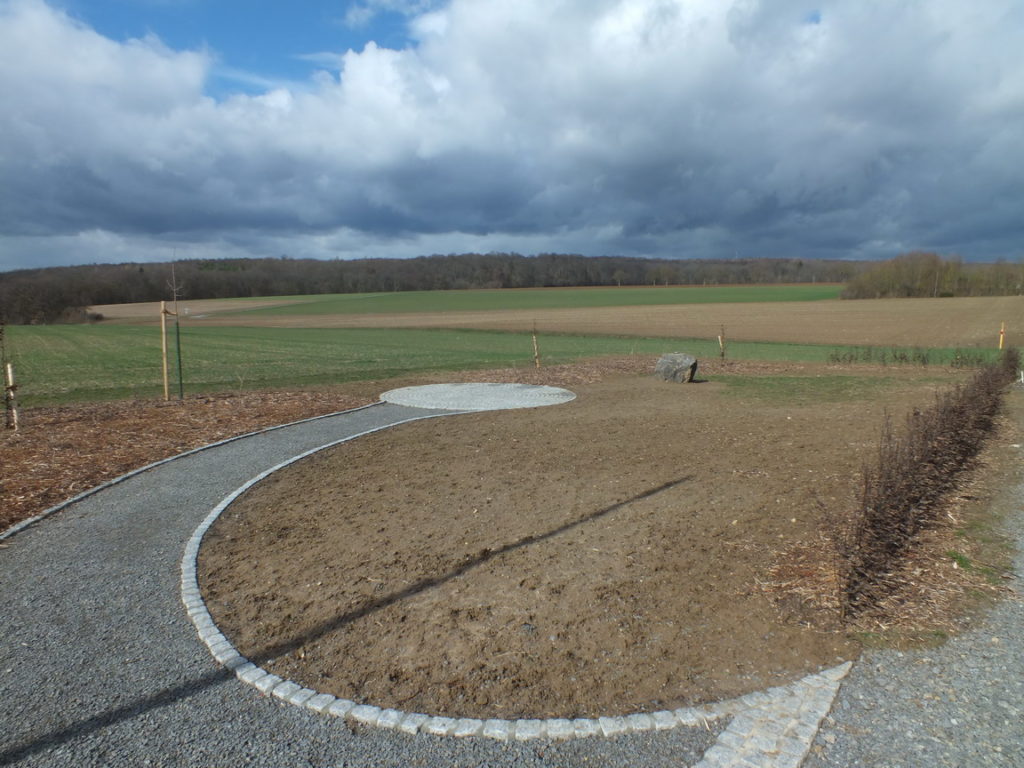It may be the least of the changes expected as a result of the departure at the end of this month, but for the people of Gadheim in Germany, it’s momentous all the same.
At the end of this month, the United Kingdom will officially cease to be a member state of the European Union (EU). It then enters into a transition phase, with all of the complex matters that entails, but one thing can be determined immediately: the map of the EU needs revision.
In practical terms, the town of Schengen in Luxembourg was once taken to be the geographical centre of the EU, and gave its name to the treaty which set in stone the principle of free movement between member states. Crucially, the UK never signed up to that treaty, which in some way signalled a Brexit avant la lettre.
The centre, as Yeats put it, cannot hold, and when Croatia joined the EU in 2013, the centre of the Union became the town of Westerngrund, in Bavaria in Germany. Now Westerngrund’s time in the spotlight is over, but the geographical centre remains, for the time being, in Bavaria, but now in the village of Gadheim, population 1,246, about 180km due east of Frankfurt.
One might imagine that despite the departure of the UK, the geographical centre might still take account of Ireland, to the west of the UK, and still a member of the EU come February. But the computation also takes account of population, and the departure of some 65 million British people is not compensated much by the remaining Irish population of a tenth of that.
The centre of Europe is calculated by the French Geographical Institute (IGN), and Brexit is not the first time it has moved. For one thing, it changed when the UK joined in 1973. Since then, the continent has seen the fall of the Berlin wall and the adhesion of the Baltic states and the expansion of the EU from 15 member states in 2004 to 28 now, soon to be 27.
For Brigitte Heim, the mayor of Gadheim, resigned to the village’s fate, the hesitant march of the UK from its referendum in 2016 to the end of January 2020 has been “anxious”. But for the inhabitants of Gadheim, the new status as centre of the EU is being seen, she said, as “a gift of limited duration”.
“If the Scots can manage to free themselves, the centre could change again,” she said. In the meantime, the village can enjoy its new status, however temporary it may be.
Alan Hope
The Brussels Times
Correction - a previous version said that Schengen was in the Netherlands, not Luxembourg.

